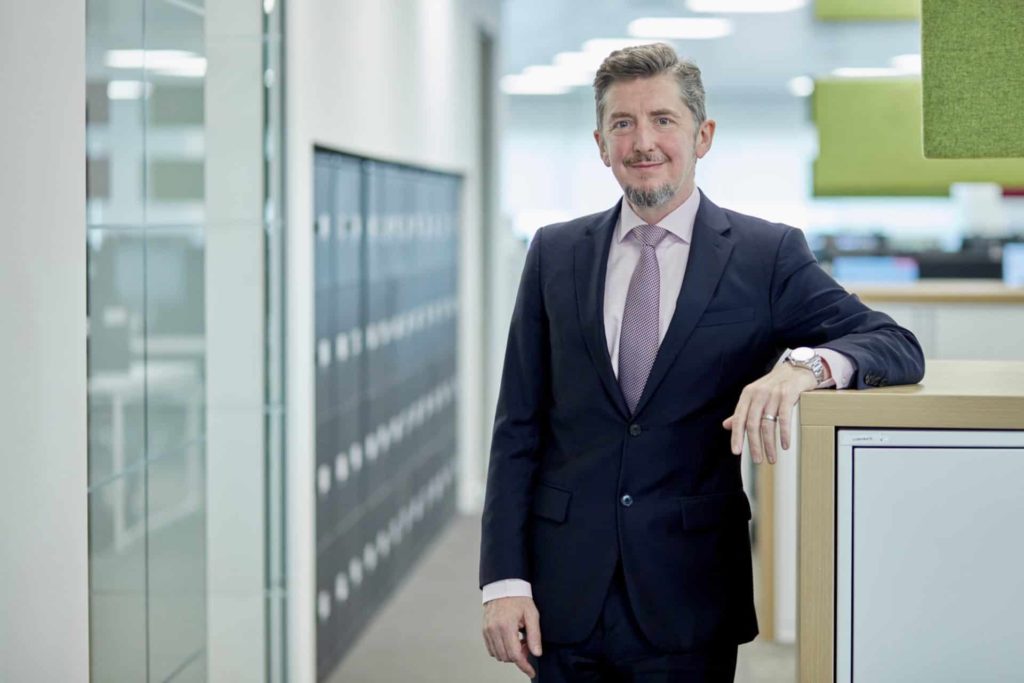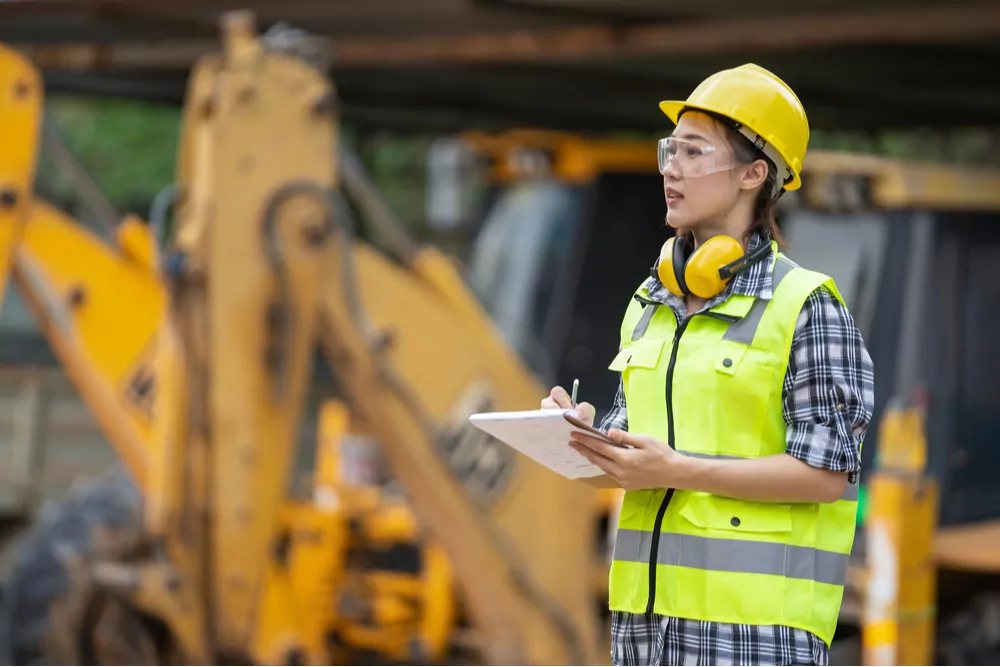
Partner
Head of Energy & Infrastructure | Head of Projects, Infrastructure & Construction | Real Estate
This website will offer limited functionality in this browser. We only support the recent versions of major browsers like Chrome, Firefox, Safari, and Edge.

Missed our Transforming Construction: Net Zeros Trends in the Built Environment webinar? Not to worry, we have collated the key insights and information below.
In partnership with Innovate UK we hosted a virtual panel discussion on 17 February 2022 on sustainability trends in the built environment. Ian Stubbs our Head of Energy & Infrastructure chaired the discussion and was joined by the following panel of experts:
Net Zero focus area: TCLP clauses and using contracting to achieve Net Zero.
Net Zero focus area: Discussing "Hope Rise" - an award-winning, social housing MMC development in Bristol with zero operational carbon.
Net Zero focus area: A financier's perspective on Net Zero.
Net Zero focus area: Using Carbon and Cost calculators to reduce the climate change impact of construction materials.
Net Zero focus area: The construction industry's position on Net Zero
Net Zero focus area: Future-proofing contracts and Net Zero
Throughout the informative webinar the panel discussed key themes in the sector. A summary of their discussion is outlined below.
Embodied Carbon
A key question put to the panel as a starting point was: what is 'embodied carbon'? It was identified that this means the carbon (or equivalent carbon emissions) associated with the production of the building materials. Embodied carbon needs to be distinguished from the operational carbon associated with the use of a building. As the energy grid decarbonises, embodied carbon is accounting for an increasing proportion of the carbon emissions over the whole life of a building.
In terms of tackling embodied carbon, the lack of regulation and understanding around embodied carbon are seen as two key obstacles at present to reducing embodied carbon in buildings. A lack of awareness can result in high amounts of unnecessary structural materials being added to buildings. Other obstacles identified were issues with the use of structural timber and issues with insurance; such issues have limited our ability to move away from high-carbon materials such as concrete and steel.
Lack of a clear calculation process for embodied carbon has also acted as a barrier, although a number of organisations including Price & Myers has recently introduced databases to calculate embodied carbon, providing a useful benchmark.
The amount of embodied carbon within a structural design is governed by a few high-level factors, such as the grid spacing and materials selection. These factors are set and locked into the design on a project at an early stage. This means that efforts to reduce embodied carbon need to take place at the early design stage of a project in order to be most effective.
Price & Myers' PANDA (Parametric Analysis and Numeric Design Assessment) software is aimed at tackling these factors by providing a rapid, early-stage assessment which generates every possible combination of engineering and design solutions within a few minutes. A cost and carbon model is used, showing where the different design options sit in terms of cost and carbon.
Ben Gholam, Structural Engineer at Price & Myer
More detail on Price & Myers' PANDA software can be found here.
The interrelationship between embodied carbon, operational carbon and costing on a project was also considered. Looking at these considerations holistically ensures that a project is feasible in terms of both sustainability and budget.
In this space, Zed Pods monitors the carbon impact of its projects through comparing and contrasting programmes for traditional builds against modular builds. Reducing time on site, using lower carbon materials and taking a whole-life approach to costing and carbon ensures that both are dealt with.
Finance
Lloyds has made discounted finance available since 2016 for any project that can demonstrate sustainability credentials. Whilst banks are acknowledging that they have a role to play in a net zero transition, it is important to bear in mind that banks are not involved in the design stage and the concept stage of a project where net zero considerations are baked into a project. Banks are, however, beginning to engage with clients in terms of the need to go beyond current regulations, given the future trajectory that they see from a regulatory perspective.
Lloyds has made a commitment under the Net Zero Banking Alliance that its entire finance portfolio will be net zero by 2050. Banks across the world that have signed up to this are determined to use their financing role to influence and support their clients to transition and this is demonstrated most clearly by putting in place a commitment that goes beyond what their clients are required to do by law
Chinyelu Oranefo. Director, Sustainability & ESG Finance at Lloyds Bank
A key theme throughout the discussion on embodied carbon was the importance of data collection. Lloyds is currently relying on EPC ratings as a baseline reference point, together with more sophisticated approaches using accreditations such as BREEAM. When lending on a discounted basis due to a development's sustainability credentials, Lloyds looks at expected performance, achievement of that target at completion and then ongoing annual reporting on sustainability.
Using contracts to achieve Net Zero
This discussion began with a poll in which audience members were asked whether they were using, or had seen, 'green clauses' in contracts.
51% of audience members had at least seen 'green clauses' being used. In terms of how to use contracts to make net zero happen, it was explained that contracts can be used in exactly the same way they are already used to deliver value, specifications, pricing, etc. The benefit of this is that contracts are deeply familiar territory. The most effective way to ensure companies deliver upon their net zero commitments is to make their targets contractual obligations.
The panel considered the important question of how to achieve this in practice in spite of possible challenges such as, for example, contractors pushing up their prices in order to take on these additional obligations. The response to this was that the cost of climate is currently being ignored; parties are already paying for climate change in the form of increased insurance premiums and costs due to extreme weather events. This needs to be borne in mind when parties are weighing up cost considerations.
The Chancery Lane Project (TCLP) has made available useful resources for those, including Foot Anstey, who have been drafting sustainability-related clauses into contracts.
Becky Annison, Director of Engagement at The Chancery Lane Project
Examples of how Foot Anstey has drafted and adapted net zero clauses into contracts for clients were then discussed. These clauses cannot simply be thrown into a precedent form contract (such as JCT and NEC) due to the cost and commercial implications this would have for parties. Instead, advisors need to focus on the particular client and project when considering the body of 'green clauses' that are available.
Examples of particular TCLP clauses relevant to the built environment were then discussed. Ayshe's clause is specifically focussed on collecting information across the board, including from the supply chain (thus allowing scope 3 emissions to be captured). This linked back to the importance of data collection, which is essential here in ensuring that 'green clauses' are enforceable. Tristan's clause on materials can be used to address embodied carbon, whilst Luna's clause on net zero modifications is another useful provision for projects.
'Green clauses' are available for lawyers to adapt for a wide range of contractual arrangements in the built environment, making them a powerful resource.
You can browse TCLP's climate clauses here.
Net Zero in practice, supply chain and 'value'
The panel highlighted the importance of a shift in thinking from 'cost' towards 'value'. Zed Pods' social housing scheme, which was showcased at COP26, focussed on value and the impact it could have on the community. The 'Hope Rise' scheme used the net zero carbon 'hook' to bring together communities, such as through encouraging low carbon transportation and a more efficient use of buildings. The Scheme is fully electric, utilising solar power alongside innovative, sustainability-focused design to deliver net zero operational carbon.
Lloyds' sustainability-linked loan is available in the social housing sector to reward borrowers for hitting KPIs around delivering social value. Quantification of social value is a new and developing area which is being introduced to the world of finance.
Rider Levett Bucknall's Value Toolkit was discussed, particularly in relation to how this links to reporting from the supply chain. Collaboration with the supply chain is key, alongside ensuring that value drivers are set at the beginning of a project. It was noted that businesses in the supply chain seem to be waiting for clients with ambitious sustainability targets to act before they follow suit. Purchasing power is a key element here; it is important that clients start to demand, for example, low embodied carbon products from their supply chain. In turn, this will drive innovation and data collection in the supply chain.
Supply chain questionnaires are a useful and underused tool here in finding out where a supplier is on their net zero journey, and any gaps in their knowledge and education that a large client with great purchasing power could help them out with.
Our comments
The panel discussion was extremely informative, it was great to bring together industry experts from different corners of the sector. These conversations are so important as they allow us to gain insight into how everyone is trying to achieve Net Zero and identify collaboration opportunities.
Suriya Edwards, Managing Associate